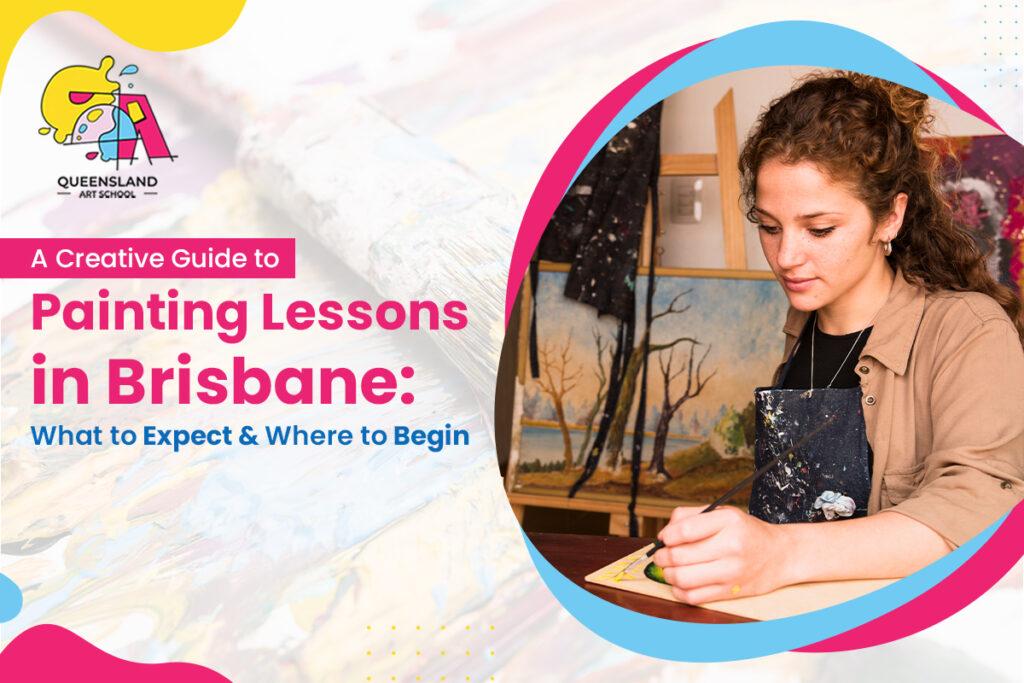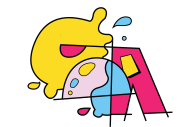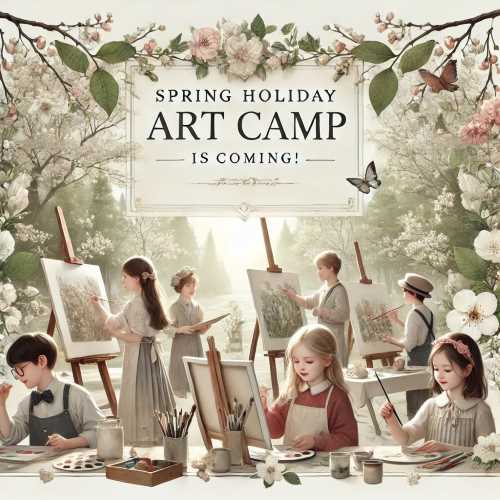
Self-expression has always been an integral part of human nature, and painting remains one of the most popular creative outlets. However, many budding artists don’t know where to start or what to expect from a typical class.
Brisbane is one of Australia’s most vibrant cultural hubs, home to a diverse and thriving art scene. Whether you’re a beginner or an experienced artist, painting lessons in Brisbane offer an excellent opportunity to explore your creativity and develop your skills.
Why Take Painting Lessons in Brisbane?
Brisbane boasts a rich cultural landscape and is home to some of the country’s most prestigious galleries, exhibitions, and art events. The city’s art schools and community centres often collaborate with local galleries and professional artists, offering students valuable exposure and guidance.
Painting classes are essential for artistic development, laying the foundation for both technical and creative skills. For children, they promote cognitive development, improve motor skills, and encourage creative thinking. They also serve as emotional outlets, enhancing emotional intelligence.
For adults, painting can reduce stress, improve problem-solving skills, and offer a welcome break from daily routines. Furthermore, art plays a key role in cultural preservation and appreciation. Brisbane’s thriving art scene not only attracts tourists but also supports local talent and contributes to the city’s economy.
Types of Painting Classes Available
1. Beginner’s Painting Classes
Perfect for those just starting out, these courses cover the basics of painting—color theory, brushwork, and simple composition.
2. Intermediate and Advanced Classes
Designed for more experienced artists, these classes focus on techniques like glazing, scumbling, and impasto, helping you refine your skills for personal or professional growth.
3. Genre-Specific Classes
These classes focus on particular styles or subjects—landscapes, portraits, abstracts, or still life—each with unique techniques and challenges.
4. Medium-Specific Classes
Explore specific mediums such as oil, acrylic, watercolor, or monochromatic sketching. Each medium has its own tools, methods, and creative possibilities.
5. Workshops
Short, intensive sessions focused on a single technique or subject. Ideal for quick skill-building or experimenting with new styles.
6. Private Lessons
One-on-one sessions with a tutor, allowing for personalized feedback, flexible pacing, and stronger student-instructor connections.

What to Expect from a Typical Class
While each studio or instructor may have a unique approach, most painting classes in Brisbane follow a similar structure:
- Introduction & Warm-up: Classes begin with an introduction to basic concepts and light exercises to get you comfortable and focused.
- Demonstration: The instructor demonstrates key techniques, such as color blending, brush control, and composition. It’s important to pay attention during this phase.
- Individual Practice: Students practice the demonstrated techniques with guidance and feedback from the instructor.
- Critique & Discussion: At the end of the class, there is usually a discussion where students receive constructive feedback and ask questions.
- Materials & Equipment: Most classes provide materials, but it’s best to check beforehand in case you need to bring your own.
How to Choose the Right Class for You
Brisbane offers a wide variety of painting classes, so choosing the right one can feel overwhelming. Here are some tips to help you decide:
- Match Your Skill Level: Choose a class suited to your current abilities—whether you’re a beginner or looking to refine advanced techniques.
- Define Your Goals: Are you painting for fun, as a hobby, or aiming for professional development? Your goals should guide your class selection.
- Research the Instructor: Look into the instructor’s background, experience, and teaching style. Reviews and portfolios can be helpful.
- Check Class Flexibility: Make sure the schedule aligns with your availability and pace of learning.
- Compare Costs: Look at class fees and what’s included. Some may require extra purchases for supplies.
- Read Reviews: Student feedback (online or word of mouth) gives insight into class quality and learning experience.
Conclusion
Painting classes in Brisbane are a great way to unlock your creativity, reduce stress, and gain artistic skills. Whether you’re exploring painting as a passion, hobby, or career path, Brisbane’s diverse art community offers something for everyone.
Just remember to pick a class that matches your skill level and learning goals. Take time to research the instructor, compare costs, and read reviews. With the right class, you’ll not only learn to paint—you’ll also connect with a vibrant community of fellow creatives.



